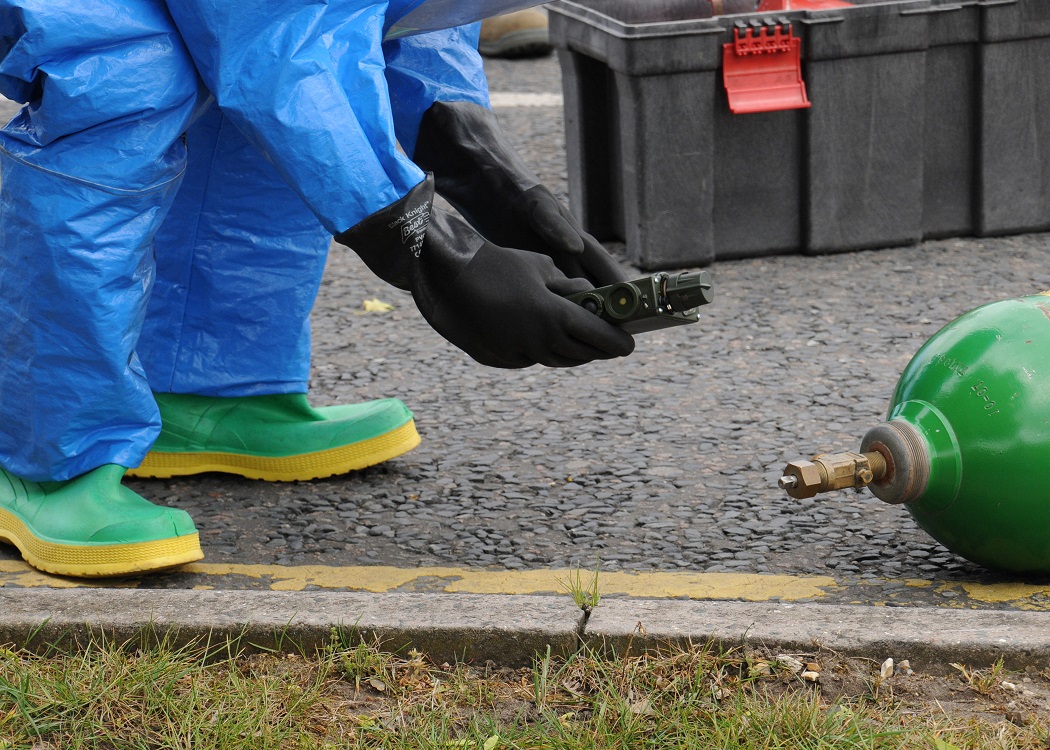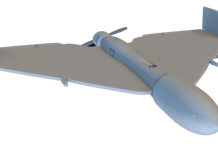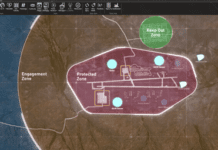
This post is also available in:
 עברית (Hebrew)
עברית (Hebrew)
Teams dealing with the identification and neutralization of hazardous materials are at risk. The industry has long been searching for the right technology for an inexpensive, fast, portable, reliable “electronic nose” for a variety of applications. A new system proved successful in smelling substances that are harmful to public health; this ability could be used in security and screening systems, such as airport and border security. Trained to recognize other smells, it could be used in smart home systems such as smoke detectors or carbon monoxide detectors.
The electronic nose system was developed by researchers from Intel and Cornell University. The technology can detect 10 different chemicals as accurately as a state-of-the art deep learning system, but with very little training required. The experiment shows that electronic nose systems could take advantage of neuromorphic computing’s easy/quick training (‘self-learning’) and low power operation, and allows some interesting insight into one potential use case of neuromorphic technology, as reported by eetimes.com.
Neuromorphic computing is a cutting edge method that simulates the way human brains work.
The system under development uses Intel’s Loihi neuromorphic chip to process the data from an array of chemical sensors. A neuroscience-derived algorithm developed by the team predicts whether chemicals such as ammonia, acetone and methane — chemicals that are associated with precursors to explosives, narcotics and certain polymers — are present. The test setup was able to “smell” these chemicals accurately, even in the presence of many other scents.
The test system was trained on a single sample of each smell, and each new target smell didn’t affect the ability to detect smells the system previously learned. Compared to a state-of-the-art deep learning system, which required 3,000 samples of training data to reach the same prediction accuracy, training the neuromorphic system was much quicker and made use of the low-power nature of the hardware.

























